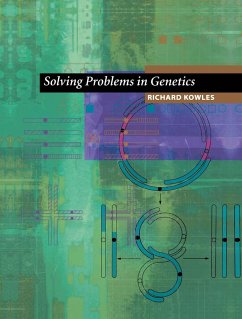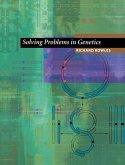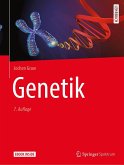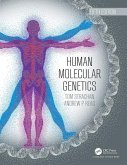The phenomena of space physics are complex and their under- standing often requires the integration of different con- cepts. To help the beginner, this book uses a new methodolo- gical approach. The first chapters introduce simple concepts of plasma physics and describe where these can be applied in space physics. Subsequent chapters are devoted to more com- plex observations, interpreted in terms of the concepts in- troduced earlier. New, more difficult, concepts are introdu- ced as they are required. Thus observations and physical concepts are interwoven to give basic explanations of pheno- mena and also show the limitations in these explanations and identify some fundamental questions. This second edition has been updated and extended. Improvements include: the use of SI units; addition of recent results from SOHO and Ulysses; improved treatment of the magnetosphere as a dynamic pheno- menon; text restructured to provide a closer coupling bet- ween basic physical concepts and observed complex phenomena.
The principle objective of this book is to help undergraduate students in the analysis of genetic problems. Many students have a great deal of difficulty doing genetic analysis, and the book will be useful regardless of which genetics text is being used. Most texts provide some kinds of problems and answers: few, if any, however, show the students how to actually solve the problem. Often the student has no idea how the answer was derived. This work emphasizes solutions, not just answers. The strategy is to provide the student with the essential steps and the reasoning involved in conducting the analysis. Throughout the book, an attempt is made to present a balanced account of genetics. Topics, therefore, center about Mendelian, cytogenetic, molecular, quantitative, and population genetics, with a few more specialized areas. Whenever possible the student is provided with the appropriate basic statistics necessary to make some of the analyses. The book also builds on itself; that is, analytical methods learned in early parts of the book are subsequently revisited and used for later analyses. A deliberate attempt is made to make complex concepts simple, and sometimes to point out that apparently simple concepts are sometimes less so on further investigation. Any student taking a genetics course will find this book an invaluable aid to achieving a good understanding of genetic principles and practice.
The principle objective of this book is to help undergraduate students in the analysis of genetic problems. Many students have a great deal of difficulty doing genetic analysis, and the book will be useful regardless of which genetics text is being used. Most texts provide some kinds of problems and answers: few, if any, however, show the students how to actually solve the problem. Often the student has no idea how the answer was derived. This work emphasizes solutions, not just answers. The strategy is to provide the student with the essential steps and the reasoning involved in conducting the analysis. Throughout the book, an attempt is made to present a balanced account of genetics. Topics, therefore, center about Mendelian, cytogenetic, molecular, quantitative, and population genetics, with a few more specialized areas. Whenever possible the student is provided with the appropriate basic statistics necessary to make some of the analyses. The book also builds on itself; that is, analytical methods learned in early parts of the book are subsequently revisited and used for later analyses. A deliberate attempt is made to make complex concepts simple, and sometimes to point out that apparently simple concepts are sometimes less so on further investigation. Any student taking a genetics course will find this book an invaluable aid to achieving a good understanding of genetic principles and practice.








